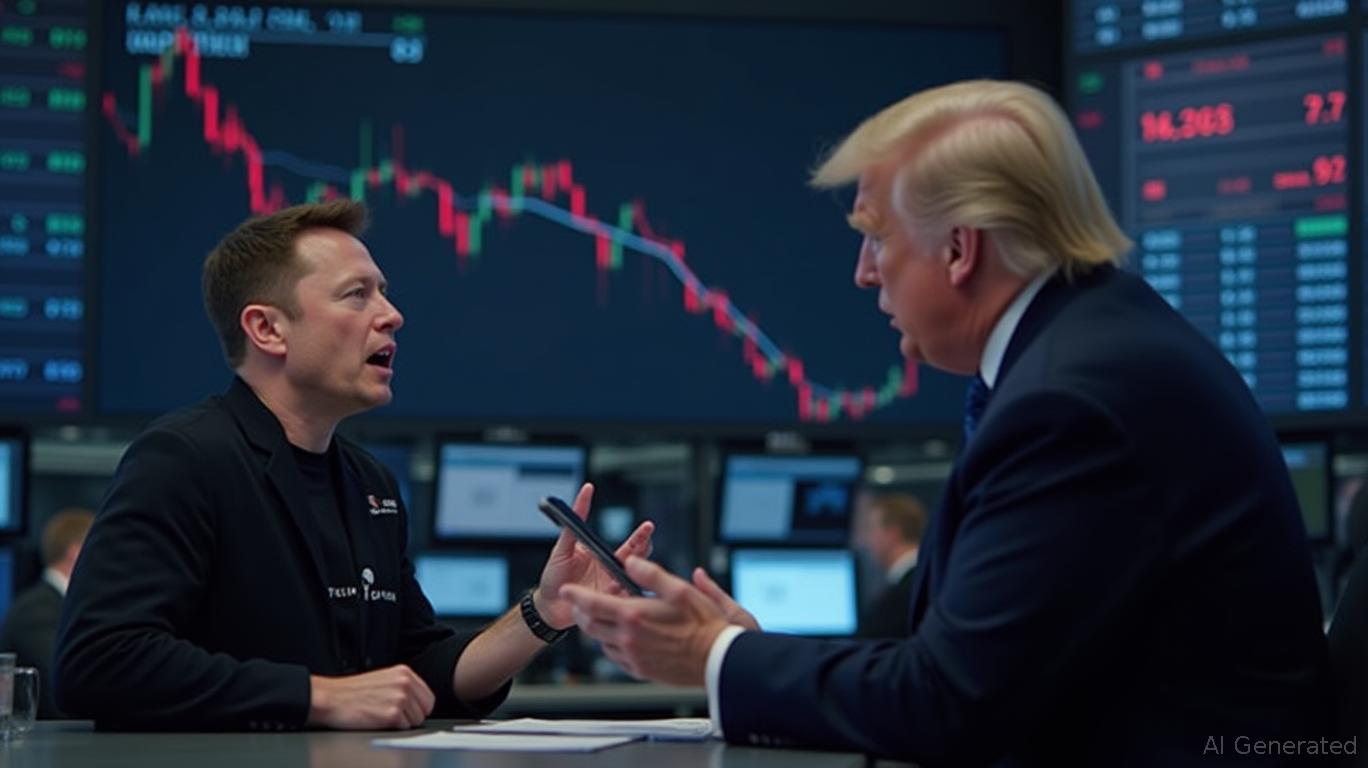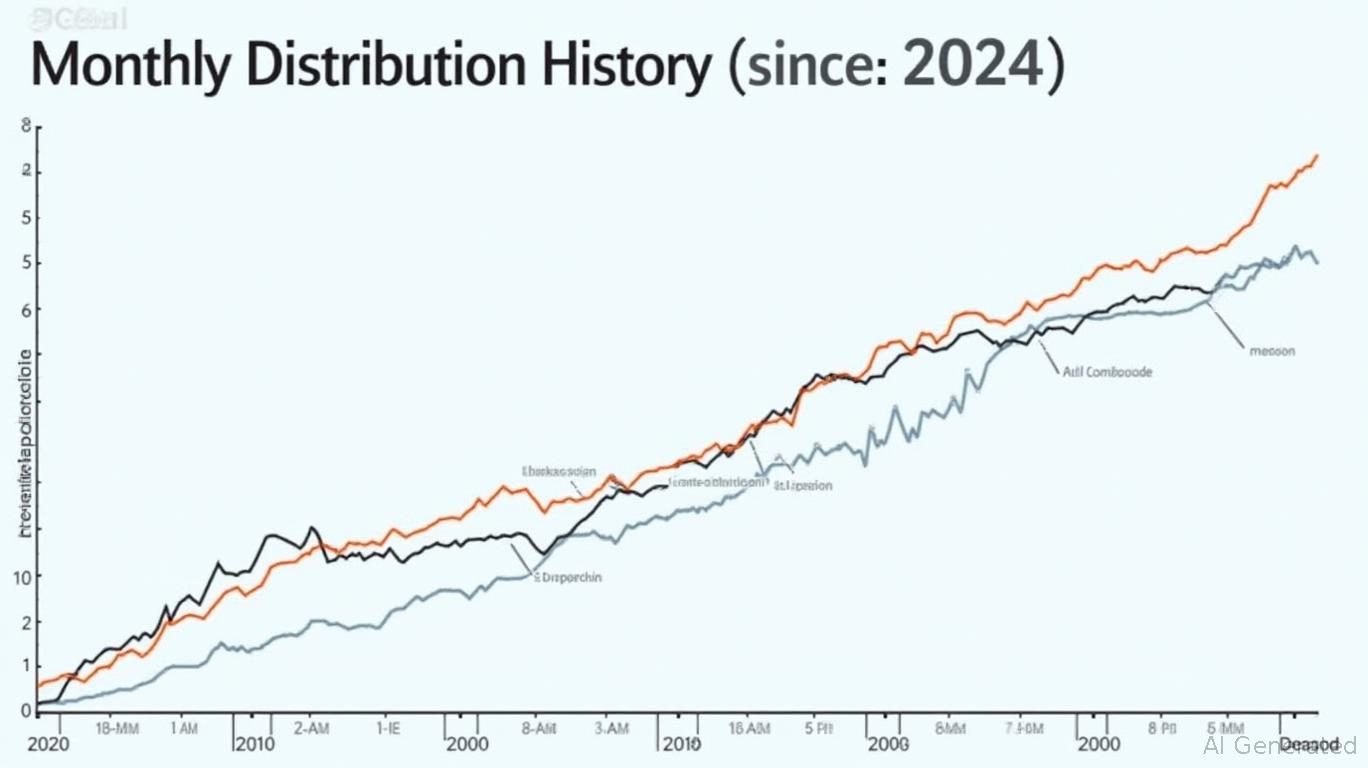Navigating Uncertainty: Franklin Moderate Allocation Fund's Q1 2025 Outlook
The first quarter of 2025 presented a stark contrast to the year’s optimistic start, with global equities declining amid heightened macroeconomic and geopolitical risks. The Franklin Moderate Allocation Fund’s Q1 commentary, while brief, underscores how these headwinds reshaped market dynamics—and what investors should watch next.

Market Context: Growth Concerns and Trade Policy Turbulence
Global equities fell by approximately 1% in local-currency terms during Q1 2025 after a strong January, driven by investor anxiety over two key factors: U.S. economic growth and President Donald Trump’s trade policies. The latter introduced significant uncertainty, particularly in sectors exposed to cross-border trade, such as manufacturing and technology. Meanwhile, the S&P 500 and Nasdaq-100 held up better than European and emerging-market equities, reflecting a flight-to-safety dynamic.
Fund Performance: Riding Out Volatility
While the fund’s specific returns are not detailed in the commentary, broader context from Franklin Resources’ earnings call offers clues. The firm’s $3.4 billion in multi-asset inflows—driven by strategies like the Canvas SMA platform and yield-focused funds—suggests the Moderate Allocation Fund may have leaned into defensive allocations, such as dividend-paying stocks and convertible bonds. Franklin Templeton’s emphasis on “diversified platforms” likely shielded the fund from extreme volatility, though geopolitical risks dampened overall returns.
Strategic Shifts: Diversification and Innovation
Franklin Templeton’s Q1 moves reveal a focus on future-proofing portfolios:
1. Digital Asset Expansion: The launch of the Franklin Crypto Index ETF (exposing investors to Bitcoin and Ethereum) and Europe’s first tokenized money fund highlights a push into alternative investments.
2. Cost Discipline: Targeted savings of $200–$250 million by 2026 aim to offset headwinds like Western Asset’s $68 billion net outflows.
3. Geographic Balance: With 30% of assets under management (AUM) in non-U.S. markets, the firm is hedging against U.S.-centric risks.
Risks and Challenges Ahead
Despite these efforts, hurdles remain:
- Trade Policy Uncertainty: Ongoing U.S.-China trade disputes threaten to derail global supply chains and corporate earnings.
- Sector Rotation: A shift from growth to value stocks—driven by inflation fears—could complicate allocations in tech-heavy portfolios.
- Fixed Income Struggles: Western Asset’s outflows highlight challenges in traditional bond markets, where Franklin Templeton must navigate low yields and rising defaults.
Conclusion: A Resilient, but Cautionary Outlook
The Franklin Moderate Allocation Fund’s Q1 experience reflects the broader investment landscape: a mix of innovation and caution. With Franklin Resources’ AUM stabilizing at $1.54 trillion and revenue growing 11% year-over-year, the firm’s diversified approach—bolstered by ETFs, private markets, and digital assets—is proving resilient. However, risks tied to trade policies and fixed-income headwinds demand vigilance.
Investors should note that Franklin’s $800 billion five-year target for alternative allocations, alongside its $4.1 billion ETF inflows, signals a strategic pivot toward flexibility and yield. While Q1’s volatility tested portfolios, the fund’s focus on cost discipline and diversification positions it to weather ongoing uncertainties. As Franklin CEO Jenny Johnson noted, the firm’s “all-weather platform” is designed to endure—and adapt—to market shifts. For now, patience and a balanced approach remain key.










